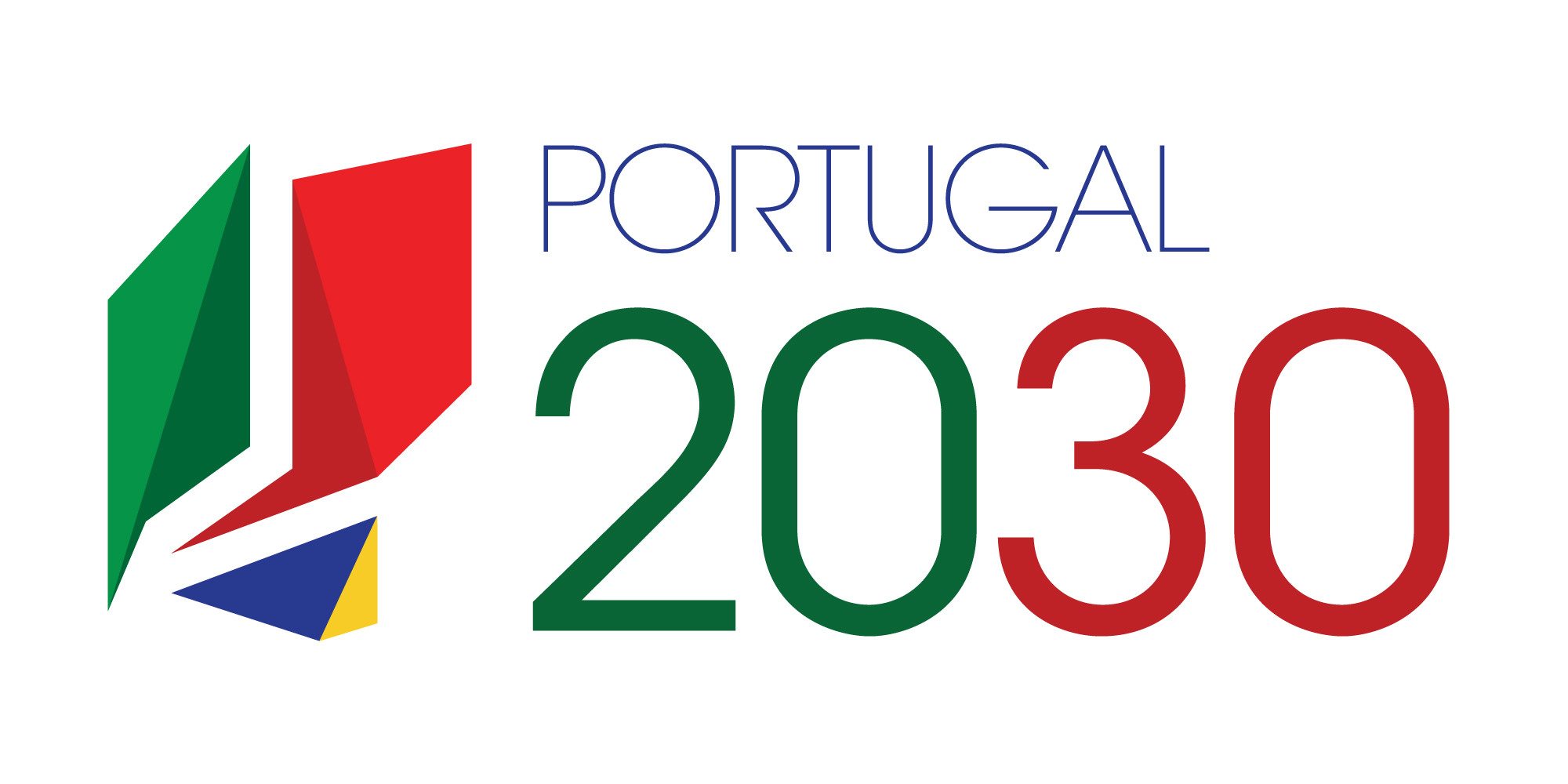Funding:

Project Acronym: C4G
Project Name: C4G: Collaboratory for Geosciences
Activity years: 2025 - 2027
Funding: Lisboa 2030 – FEDER
Reference: LISBOA2030-2024-15
Host Institution: Instituto Superior de Engenharia de Lisboa (ISEL)
Beneficiary Entity: Instituto Superior de Engenharia de Lisboa (ISEL)
Total budget: 2.319.006,41 €
ISEL budget: 1 387 859,96 €
ISEL coordinators:
Graça Silveira ORCID: 0000-0002-2110-2554
Pedro Silva ORCID:0000-0002-9178-3623
Description:
The Colaboratory for Geosciences (C4G) is a distributed research infrastructure that brings together 15 institutions at national level, and promotes the collaboration in a network of researchers and the sharing of equipment, laboratories and data for Solid Earth Sciences (STS). C4G is Portugal's representative in the ERIC (European Research Infrastructure Consortium) EPOS (European Plate Observing System). C4G brings together the various disciplines of geosciences such as geology, hydrogeology, geochemistry, geodesy, geophysics, geomechanics, geomathematics and geoinformatics, and provides services in the transversal areas of georesources, natural hazards and environment, for the Portuguese territory (onshore and offshore) and internationally. C4G integrates a comprehensive, but dispersed, set of human resources and equipment, enhancing its value for the research community, for industry and for Society in general. The consortium includes higher education institutions (FCUL, ISEL, IST, IGOT, FCUP, FEUP, UAveiro, UBI – consortium leader, UCoimbra, UÉvora), State laboratories (LNEG and IPMA), Directorate-General for the Territory - DGT and private non-profit institutes (INESC-TEC Porto and RAEGE-Az). Among the objectives of C4G are to empower the Portuguese STS community for excellence, as well as to reinvigorate the relationship between government agencies, industry and academia, promoting and supporting the advanced training of human resources in Earth Sciences. C4G seeks: 1) the integration of the consortium institutions with each other through the transversal disciplinary areas in the infrastructure; 2) the creation of a culture of service provision with a "one-stop-shop" approach; and 3) the establishment of a prosperous relationship between C4G and its stakeholders. C4G enables science and technology, technical, industry and public administration professionals to answer key questions about geological resources, natural hazards, the environment and science. C4G provides the necessary means, through infrastructure, to advance the knowledge of the processes that occur in the Solid Earth at different scales of time and space, in particular in its physical interfaces (solid Earth – atmosphere, solid Earth – hydrosphere, deep Earth – Earth's surface), in continental and oceanic domains. Most of the institutions in the C4G consortium already provide services to both industry and government entities. LNEG provides information and consultancy in geology, geophysics and hydrogeology to private companies, municipalities and government agencies, supporting decisions and policies related to georesources, geological hazards, environmental monitoring, engineering and spatial planning. IPMA monitors seismicity at national level, and several C4G institutions contribute to the assessment of seismic risk and to the reduction of this risk. Universities offer a wide range of services, particularly in the advanced training of human resources in which the incorporation of technical and laboratory resources is fundamental for the acquisition of essential skills for the labour market and for technological development. The integration promoted by C4G enhances the quantity and quality of services provided on the basis of a single access platform. C4G makes it possible to improve and facilitate the transfer of knowledge from academia to regional and local administration, private companies and industry. On the other hand, C4G institutions have been able to benefit from the feedback they receive from the societal end of the knowledge transfer chain, allowing them to adapt to the new challenges and demands of a society in permanent change. The C4G community is structured by two sets of perpendicular pillars: a vertical structure, by disciplines (which are called working groups - WG); and a horizontal structure, transversal to all disciplines (the so-called Lines of Action - LA). This structure aims to safeguard: 1) specialization within disciplines, necessary to advance the frontiers of knowledge, and 2) an integrated multidisciplinary vision, necessary to address the complex problems of Solid Earth and current societal challenges. The WGs aim at network collaboration and the integration of Research Infrastructures within the scientific disciplines of C4G. Cross-cutting ALs have two objectives: 1) to promote effective interaction between C4G and society, and 2) to address topics of scientific and social relevance that cross all C4G disciplines.
The seven institutions (ISEL, FCUL, IST, IPMA, LNEG, DGT, IGOT C4G members based in the Lisbon and Tagus Valley Region (RLVT) have been a key player in the implementation of this research infrastructure, contributing to all WGs and LAs. In this application, not all institutions require co-financing due essentially to difficulties in ensuring the required co-financing, but all maintain their interest in continuing their involvement in C4G by ensuring that the resources (human, equipment, computational, data and products) and services that they have provided since the first phase of infrastructure implementation are maintained. This application is aligned with the RIS3 of LVT because, by intending to re-equip some unique laboratories in the region and in Portugal and/or ensure the existence of the necessary human resources for their operation, it allows LVT to continue to be one of the leading regions in Geosciences, a thematic area of supra importance in a region that has suffered in the historical past of major natural disasters and where all contribution to improving the monitoring of natural risks and their understanding is essential.

